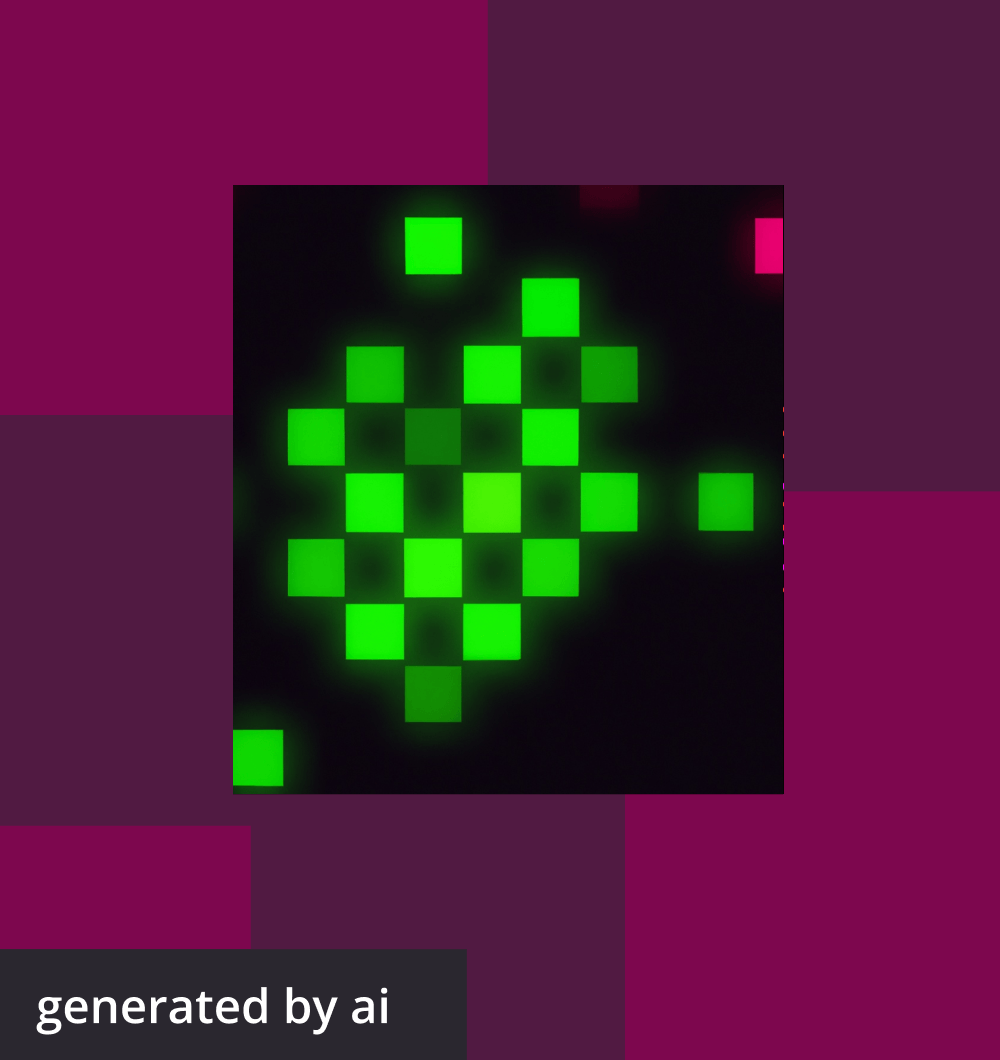
Imagine a language designed with one purpose in mind: to make programmers happy. A language whose sole intention was not just to serve the cold, hard logic of machines, but to cater to the human mind and heart behind the code. Enter Ruby, a programming language born out of a sheer desire for a more joyful coding experience.
Ruby’s story began in 1993 in Japan, with a man named Yukihiro Matsumoto, often referred to as “Matz”. Matz, a computer scientist who was more interested in humans than machines, set out to design a language that would make programmers happy and productive. Frustrated with the rigidity of existing languages, he dreamt of a language that was not only practical but also enjoyable to use.
Now 30 years old, Ruby has transformed from an obscure, niche language into a powerhouse of the programming world. It has nurtured one of the world’s most popular web development frameworks, Ruby on Rails, and has influenced a multitude of other programming languages.
But what makes Ruby a gem in the vast world of programming languages? What are its key features and benefits, and where is it most commonly used? Let’s find out.
What is Ruby?
Ruby is a dynamic, open-source, object-oriented programming language. Being object-oriented means it emphasizes objects — self-contained modules of code that bundle behavior (methods) and state (attributes). It’s also interpreted, meaning the code is processed at runtime rather than being pre-compiled. This lends Ruby a great deal of flexibility, as code can be altered and executed on the fly.
In the world of programming languages, Ruby is considered high level because it abstracts away many of the complicated, low-level details that developers would otherwise have to manage manually. This abstraction allows developers to focus on problem-solving and application logic, rather than the nitty-gritty of memory management and processor utilization.
As an open-source project, Ruby benefits from an active and passionate community of developers who contribute to its evolution and maintenance. They ensure that Ruby continues to be an adaptable, forward-thinking language that keeps pace with the ever-changing tech landscape.
Ruby’s Key Features
Ruby comes packed with numerous features that make it a powerful language for all sorts of tasks. Here are some of the key ones:
Elegant and Readable Syntax
Ruby’s syntax is designed to be easily understood. This simplicity makes Ruby an excellent choice for beginners, while still offering the depth and flexibility that experienced developers appreciate. Ruby’s syntax has a clean, minimalist aesthetic. This visual appearance, combined with its readability, contributes to a more pleasant and less fatiguing coding experience.
Example:
puts "Hello, World!"With this one-liner, you’re printing “Hello, World!” to the console. It’s that easy.
Pure Object-Oriented Design
Ruby is a purely object-oriented language. Everything — from integers to nil (Ruby’s version of null) — is an object, each with its own methods and properties.
Example:
5.times { puts "Ruby is object-oriented!" }Here, `5` is an instance of the Integer class, and `times` is one of its methods. The block `{ puts “Ruby is object-oriented!” }` is passed to the `times` method, which executes it five times.
Dynamic Typing
In Ruby, variables are dynamically typed, meaning a variable can hold different types of objects during its lifecycle.
Duck Typing
If an object behaves like a certain type, Ruby treats it as that type. This “duck typing” lends further flexibility to Ruby, enhancing its expressiveness.
Metaprogramming
Ruby’s dynamic nature enables metaprogramming — the writing of code that generates other code. While this feature should be used judiciously, it can simplify complex tasks and reduce redundancy.
Example:
class Person
attr_accessor :name, :age
end
p = Person.new
p.name = "Alice"
p.age = 30Here, `attr_accessor` is a metaprogramming method that creates getter and setter methods for the `name` and `age` attributes.
Flexibility
Ruby is highly flexible, allowing you to freely alter its parts. Existing parts can be extended or redefined depending on the user’s needs, fostering creativity and problem solving.
Blocks
Ruby provides functionality for blocks (also called closures), which are unnamed chunks of code that can be accepted as arguments by methods. This feature can greatly simplify code and make it more readable.
Example:
[1, 2, 3].each { |num| puts num * 2 }In this example, the block `{ |num| puts num * 2 }` is passed to the `each` method of the array, and it prints each number multiplied by two.
Explore verified tech roles & skills.
The definitive directory of tech roles, backed by machine learning and skills intelligence.
Common Use Cases for Ruby
Ruby’s readability, flexibility, and power have led to its adoption in a number of use cases. Let’s take a look at some of the main areas where Ruby shines.
Web Development with Ruby on Rails
The Ruby on Rails framework has been pivotal in defining Ruby’s reputation in the realm of web development. Rails follows the principle of convention over configuration and emphasizes developer happiness. With Rails, you can build a full-stack web application, encompassing both front-end and back-end structures. Companies such as GitHub, Airbnb, and Shopify have built their platforms using Ruby on Rails.
Automation and Testing
Ruby’s readability and simplicity make it a common choice for automation scripts and testing. Frameworks like Capybara and RSpec provide powerful tools for automating browser actions and conducting behavior-driven development and testing.
Data Analysis and Prototyping
Ruby’s high readability and powerful libraries are well-suited to data analysis and prototyping. Ruby libraries like Daru for data analysis and manipulation and Numo for numerical computing offer powerful tools for data scientists and data analysts.
Building Domain-Specific Languages (DSLs)
Ruby’s flexibility, facilitated by features like blocks and metaprogramming, makes it a great language for building domain-specific languages (DSLs). DSLs allow developers to write code that’s easy to read and write, specific to a domain problem, such as testing, web routing, or text processing.
Application Deployment and Management with Ruby Tools
Ruby also shines in the area of application deployment and management. Tools like Capistrano simplify the deployment process, while Ruby-based configuration management tools like Chef and Puppet facilitate managing infrastructure.
Key Takeaways
Born out of a desire to make programming more productive and enjoyable, Ruby’s influence continues to reverberate throughout the tech world. From its distinct, human-centered syntax to its formidable metaprogramming capabilities, Ruby manages to strike a fine balance between simplicity and power.
It’s a tool that opens doors to an array of applications, such as web development, automation and testing, data analysis, prototyping, and more. Its versatility, coupled with the ability to construct domain-specific languages, empowers developers to come up with elegant solutions to both generic and niche problems.
For hiring managers and tech professionals, the hiring outlook for Ruby remains positive, despite the influx of new languages and technologies. Ruby’s relevance in the tech industry has remained fairly steady. Though we saw both developer interest and demand wane in 2022, Ruby still managed to hold on to its 14th position on our list of most in-demand programming languages (at least for now). The demand for Ruby developers is fueled by the continued popularity of the Ruby on Rails framework and the value that Ruby brings to various domains such as web development, data analysis, and infrastructure management.
Whether you’re a developer looking to expand your skills or a hiring manager seeking talent for your team, Ruby stands as a vibrant, versatile, and valuable part of the programming landscape. To echo the sentiments of its creator, Ruby is about making coding a joy. And there’s no doubt that this joy is reflected in the richness of its use cases, the strength of its community, and its robust presence in the tech industry.
This article was written with the help of AI. Can you tell which parts?

